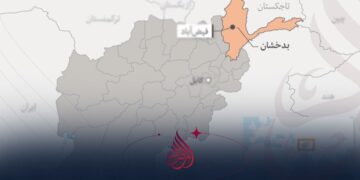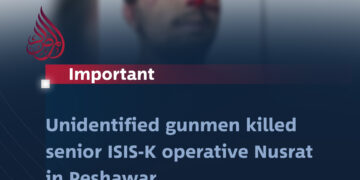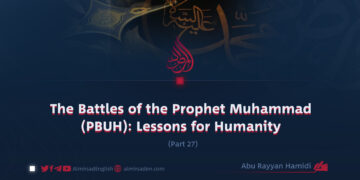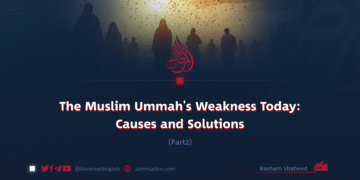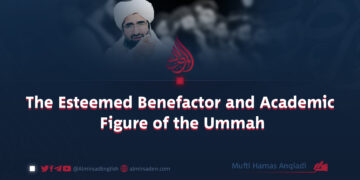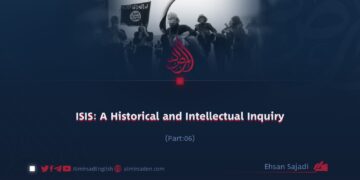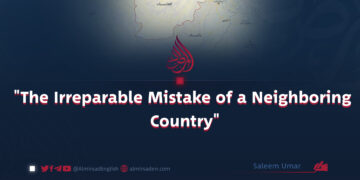Part 1
Junaid Zahid
The eternal struggle between truth and falsehood has been waged since the dawn of time. Those who seek truth and righteousness steadfastly tread the path of justice and divine guidance, while those who deviate from the path of truth end up on the wrong path.
Daesh is among these malevolent followers who have stood defiantly against truth and virtue. As a result, Daesh is now scrambling to find refuge in military and jihadist movements for the survival of its political existence.
This group, backed by regional and global Intelligence agencies, uses modern media to display its so-called successes to mislead young people. Many young people who lack religious knowledge and experience are influenced by Daesh’s propaganda campaign, and the group uses various strategies to draw them in.
Recruitment Strategies:
1. Videos and Audios:
One of the most pernicious strategies employed by Daesh to recruit new members is the widespread dissemination of videos and images designed to captivate and influence. To achieve this, they use fake social media accounts.
They cleverly curate violent content and a fictional concept of justice in a way that attracts extremist-minded individuals and those with personal agendas simultaneously. To discern the underlying truths, one must consult the magazine “Dabiq,” published in both Arabic and English, which is readily available on the internet.
2. Manipulating the Youth Through Fake Accounts:
Daesh is among those terrorist groups that use fake websites and accounts to mislead young people from various countries. Recognizing the importance of communication technology in today’s globalized era, they established a media agency called “Al-I’tisam” to provide a platform for Daesh’s propaganda. This group has, in essence, erected a fictional empire within the media, meticulously designed to ensnare the minds of impressionable young individuals.
These groups and their agents present themselves in the media as if they are standing against the injustices, deprivations, and oppression occurring worldwide. This narrative is cunningly manipulated to appeal to a universal sense of grievance, drawing in new recruits to their ranks. Through the use of the internet and fake accounts, they have created an environment where new recruits or those interested in joining them can easily connect with their leaders and organizers, where they are assigned tasks for future plans.
3. Deceptive Propaganda:
The group’s disinformation campaigns, often disseminated through fake websites, are aptly termed as ‘black propaganda’—dark and deceitful, like a shroud obscuring the truth until the light of truth pierces through. ISIS injects ideological and theological doubts into the minds of the youth, subtly luring them toward their nefarious objectives.
These media tactics, accessible to the masses, are weaponized to serve their propaganda ambitions.
In reality, the group seeks to seduce the new generation by portraying the small region under their control as a utopia of love, peace, and harmony. Through their broadcasts, they weave a web of illusion, presenting their stronghold as a paradise on earth.
The carefully curated images and videos, depicting their members in a fantastical haven, lure unsuspecting individuals into their web of deceit, entrapping them with these beguiling visions of a false paradise.








